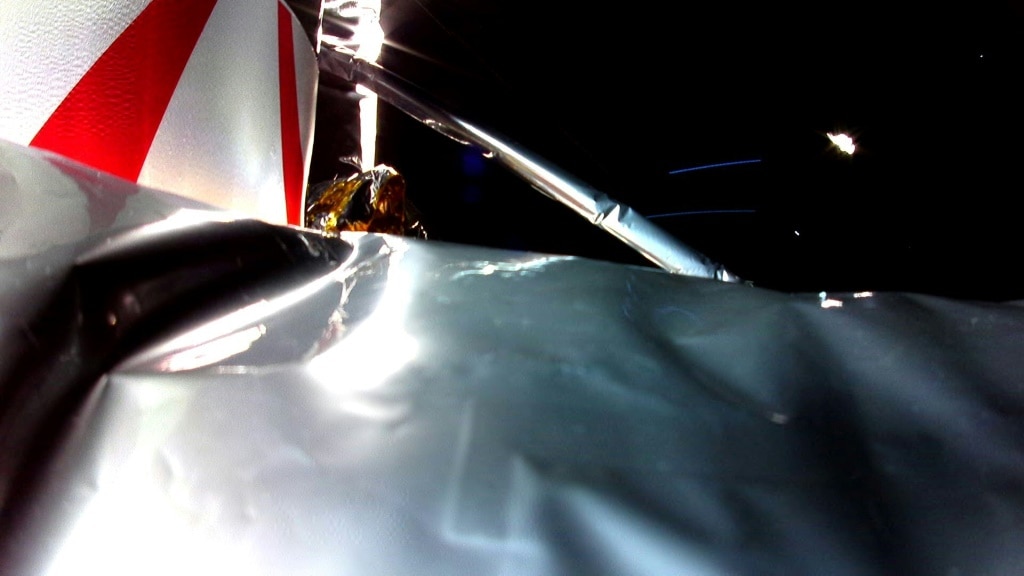Japanese robot successfully touches down on moon, but there’s a problem
Japan today became the fifth country to successfully land a spacecraft on the moon, but there’s a problem. An electrical glitch means engineers are now racing to save the mission.
Space
Don't miss out on the headlines from Space. Followed categories will be added to My News.
A Japanese spacecraft successfully touched down on the moon on Saturday, but a problem with the robot’s solar power system means the mission may only last a few hours.
Space agency JAXA confirmed the Smart Lander for Investigating Moon (SLIM) robot gently touched down today at 2:20am AEDT and that communication was established.
However, its solar cells are currently not generating electricity, meaning the spacecraft is totally reliant on batteries that will quickly run out and end the mission.
Engineers are racing to find a solution to generate power.

JAXA official Hitoshi Kuninaka said it was possible the solar system would kick into gear once the angle of the sun changed, which could recharge the cells.
“It is unlikely that the solar battery has failed. It’s possible that it is not facing in the originally planned direction,” Dr Kuninaka told a news conference.
In the meantime, the remaining power will be used to send all the data obtained during the landing back to mission control.
The spacecraft has been dubbed the “Moon Sniper” due to its incredible precision, landing within 100 metres of the intended landing spot near the lunar equator.
Two probes successfully detached from the device, one designed to collect images and one designed to transmit them back to Earth.


Japan is now the fifth country to land a spacecraft on the moon, following the United States, the Soviet Union, China and India.
SLIM was meant to try to reach a crater where the Moon’s mantle — the usually deep inner layer beneath its crust — is believed to be accessible.
“The rocks exposed here are crucial in the search for the origins of the Moon and the Earth,” Tomokatsu Morota, associate professor at the University of Tokyo, told AFP.
This mission is one of a string of ambitious new projects launched in recent years to explore the moon as a natural satellite, more than 50 years after the first human moon landing.
Success would restore Japan’s hi-tech status in space after two earlier failed lunar missions, one public and one private, as well as a number of rocket failures.
It would follow India’s Chandrayaan 3 triumph in August 2023, when it landed the first unmanned spacecraft near the moon’s largely unexplored south pole.

Technical problems, including communications failures, explosions after take-off and crash landings, are still common for the countries and companies trying to make the trip.
American company Astrobotic’s Peregrine lunar lander began leaking fuel after takeoff, dooming a private mission attempted earlier this month.
Contact with the spaceship was lost over a remote area of the South Pacific after it likely burned up in the Earth’s atmosphere on its return.
NASA has also postponed plans for crewed lunar missions under its Artemis program.
However, a number of other countries — including Russia and China, as well as South Korea and the United Arab Emirates — are still trying their luck.
Time will tell whether their chances are better than SLIM.
With additional reporting from AFP.
More Coverage
Originally published as Japanese robot successfully touches down on moon, but there’s a problem




